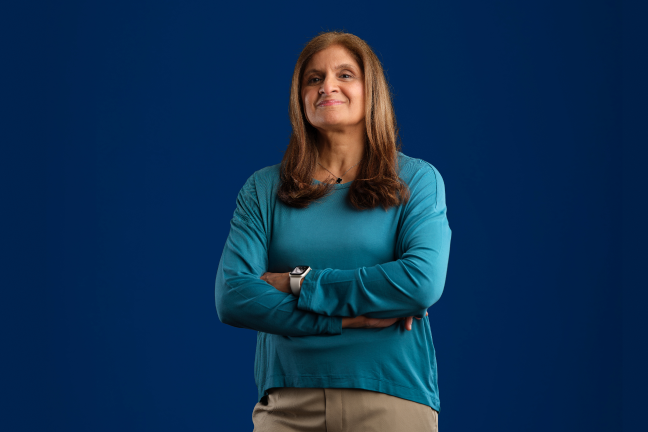Outsmarting AFib with first-of-its-kind tech.


What happens when we combine innovation with a determined spirit?

We can® be courageous.
After six months of chemotherapy to treat stage 4 metastatic ovarian cancer, it began spreading to Kiuana’s surrounding organs. She became one of the first patients in the country to receive Hyperthermic Intraperitoneal Chemotherapy (HIPEC), or "heated chemotherapy". This treatment applies 111.2° F heated chemotherapy drugs directly to the abdomen removing any leftover cancer cells after tumor removal. She is now in remission, back to work, and living her life to the fullest.
More stories
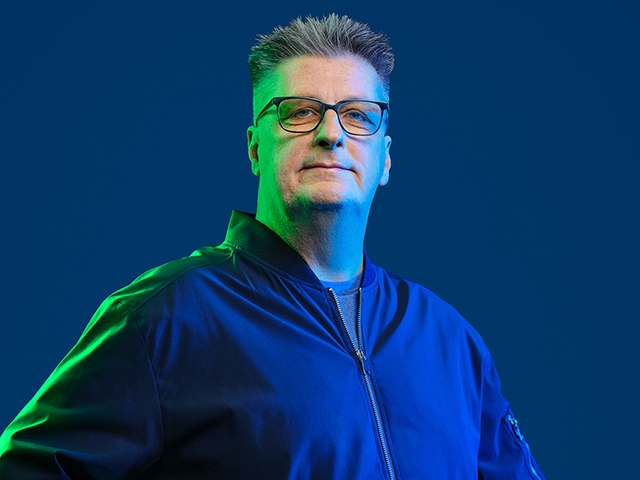
Outsmarting AFib with first-of-its-kind tech.

Fought cancer with heated chemo.

Taking on cystic fibrosis at a cellular level.

Life-saving blood clot surgery while pregnant.

Tackling cancer with proton therapy.
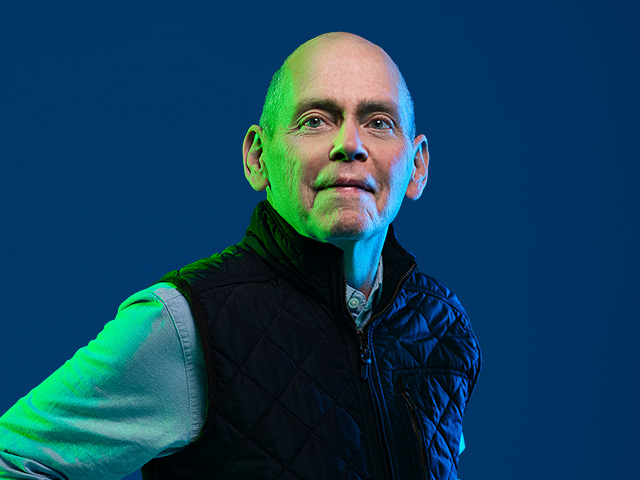
Battling Parkinson’s with Deep Brain Stimulation.
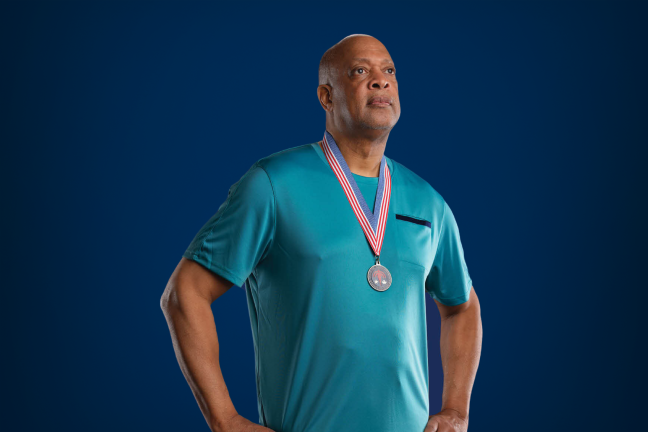
1 in 6 black men will develop prostate cancer, and unfortunately, Rick was no exception. But he refused to become a statistic.

Lacey is a 10-year-old who never stands still. She rollerblades, plays soccer and softball, and runs cross country too.

Like many other teenagers, Imyn felt overwhelmed. She was drowning in schoolwork and became devastated when a few of her beloved family members passed away.
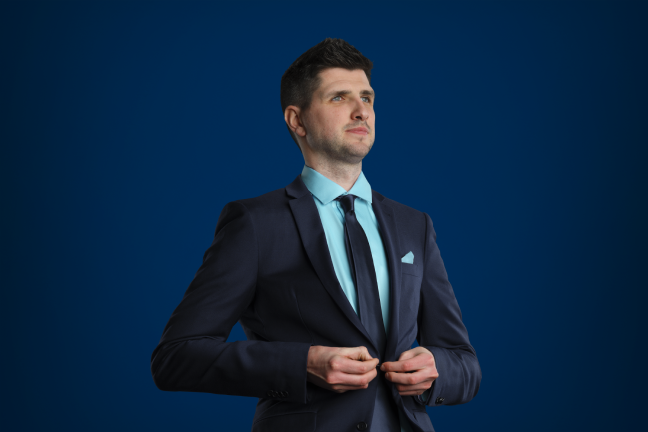
A self-proclaimed “big sports guy,” he golfs, bowls and lives an always on the go lifestyle with his fiancé.
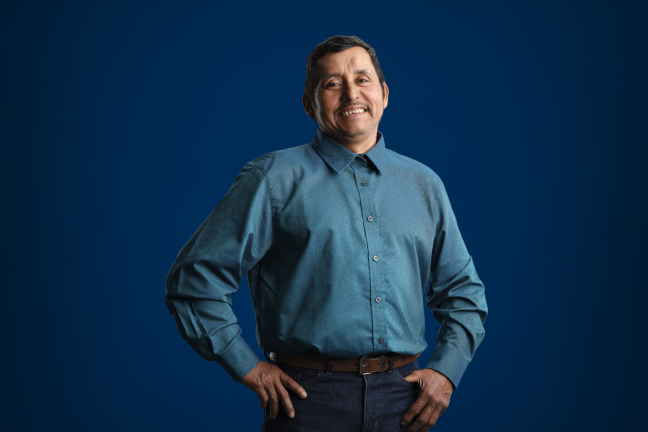
Orlando lived with knee pain for more than three years before coming to a Corewell Health Lakeland orthopedic surgeon.
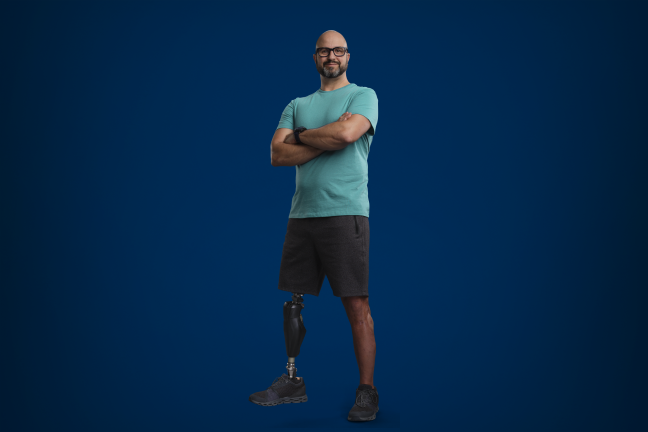
2018 marked the first time Ted walked the 5K using his prosthetic leg.

Outsmarting AFib with first-of-its-kind tech.

Fought cancer with heated chemo.

Taking on cystic fibrosis at a cellular level.

Life-saving blood clot surgery while pregnant.

Tackling cancer with proton therapy.

Battling Parkinson’s with Deep Brain Stimulation.

1 in 6 black men will develop prostate cancer, and unfortunately, Rick was no exception. But he refused to become a statistic.

Lacey is a 10-year-old who never stands still. She rollerblades, plays soccer and softball, and runs cross country too.

Like many other teenagers, Imyn felt overwhelmed. She was drowning in schoolwork and became devastated when a few of her beloved family members passed away.

A self-proclaimed “big sports guy,” he golfs, bowls and lives an always on the go lifestyle with his fiancé.

Orlando lived with knee pain for more than three years before coming to a Corewell Health Lakeland orthopedic surgeon.

2018 marked the first time Ted walked the 5K using his prosthetic leg.




